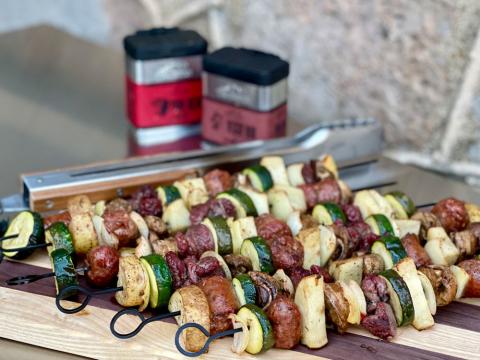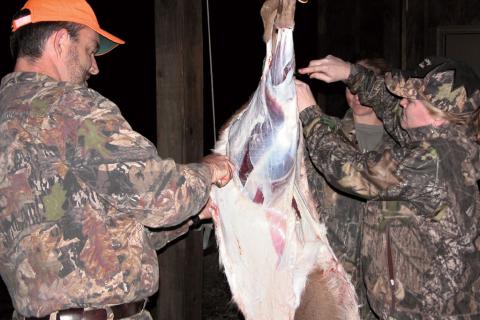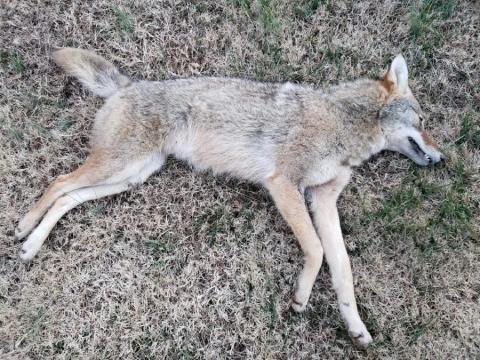provided by John Phillips
The Alabama Adult Mentored Turkey Hunting Program I attended recently had expert help from two Mossy Oak Pros on what equipment turkey hunters needed. Mossy Oak Pro T.R. Pate of Tuscaloosa, Alabama, is the classic example of why there’s a need for an adult mentoring program to learn how to hunt turkeys.
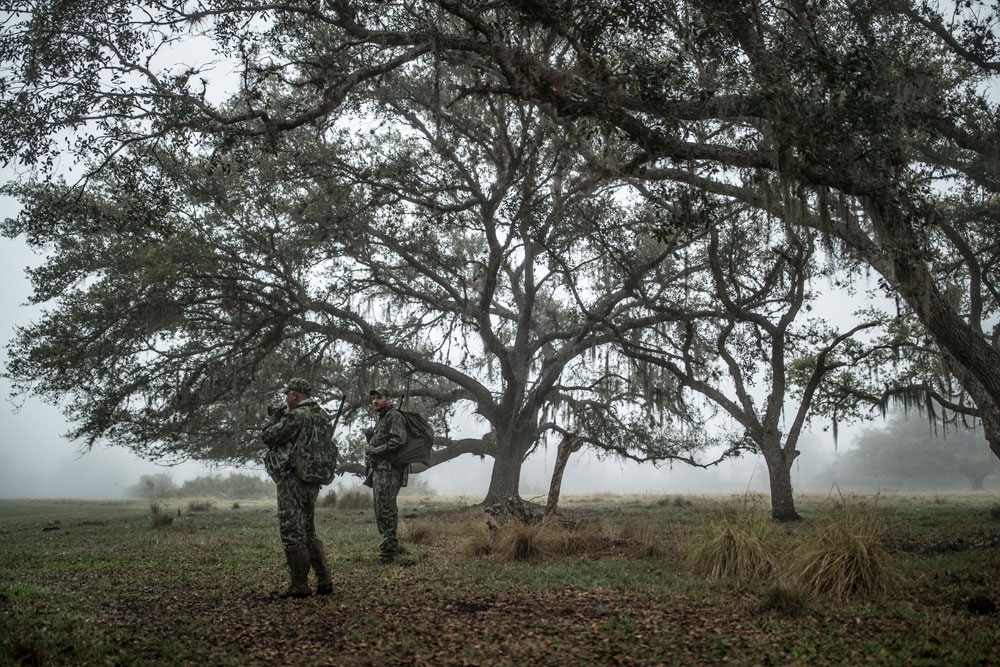
According to T. R. Pate:
“You don’t have to be an expert caller to call in a wild turkey. If you don’t think you can call very well, then just learn how to cluck and purr on a box or a pot style call. These two calls are the easiest to make and are the sounds of a contented hen as she walks through the woods. If you’ve set up your blind where you think the turkey will be, you’ve got a really good chance of bagging that gobbler by using these two calls. Like most seasoned turkey hunters, I believe that a wild turkey gobbler is one of the smartest critters in the woods. But still turkeys just don’t seem to be spooked by a blind.
“If you can get close enough to see where a turkey flies up to roost in the afternoon and drop a pin on some of the hunting apps like HuntStand or onX, then you can know exactly where you need to set up your blind the next morning. You can follow those turkey apps right to the spot in the darkness that you’ve marked and set up your blind without the turkey spotting you. Then wait until the turkey starts gobbling to call. If you see a turkey on the side of a hill, and you can reach the top of the hill above the turkey and set up your blind, then when he starts calling and flies off the roost – you’ll have a good chance of calling that turkey uphill /our-obsession/blogs/turkey/turkey-hunting-and-calling-in-the-hills toward your blind. Turkeys prefer to walk up a hill rather then walk down a hill.
“Almost any call will work on any given day, and almost everyone gets excited about using a turkey call. However, I've learned that calling a turkey is only about 25 percent of what's required to take a turkey. Knowing where the turkey will go and why, where he meets his hens, why he likes to strut, and why he goes uphill rather than downhill is far more important than your calling skills. Understanding how to move through the woods without being seen or heard is probably the most important skill that a beginning turkey hunter needs to know. That’s why turkey hunters wear camouflage clothing, and that’s why Chris and I wear Mossy Oak camouflage to help us become invisible moving through the woods.”
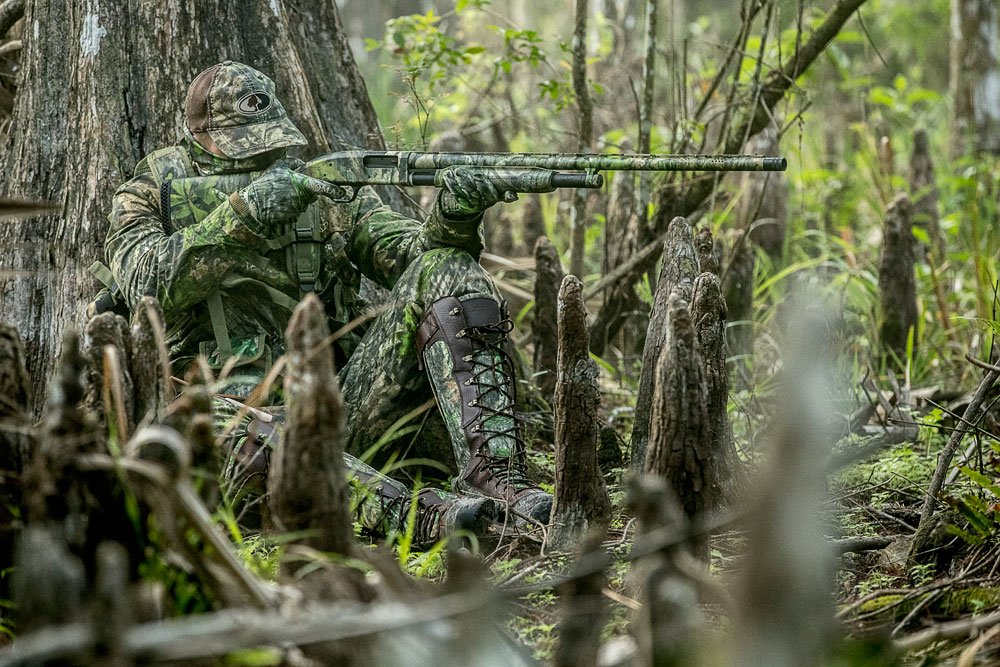
Chris Westen of Gadsden, Alabama, is another Mossy Oak Pro who gave up his Saturday to teach adults the equipment they needed to be successful turkey hunters, and shared his thoughts and beliefs on what helped him become a successful turkey hunter. These Mossy Oak Pros share what they have learned that has helped them become seasoned veteran turkey hunters and learn to help other turkey hunters.
Chris Westen explained:
“Learning all you can about the woods you’re hunting can and will help you take a turkey easier during the season. Turkeys have certain tendencies; they like to walk straight to their hens or have their hens come straight to them without having to cross any obstacles. For instance, if you know the land where you’re hunting and realize there’s a creek, a river, a fence or a deadfall between you and that turkey, then you’ll have a much better chance of bagging that gobbler, if you can get on the same side of the obstacle where he is. If it’s a barbed-wire fence, go over or under it. If it’s a deadfall, move around it, or if it’s a creek or a river, walk to the other side of it. If you remove any of these obstacles that prevent a turkey from coming to you, you’ll have a much better chance of taking that gobbler. The term for knowing the woods is called woodsmanship – a word you may hear when you’re around other hunters.
“Besides learning how to take a turkey, knowing what equipment you may need to stay in turkey country is important. One key piece of equipment that we always recommend is that turkey hunters wear snake-proof boots or gaiters - a covering that goes over the ankles, almost up to the knees. Then, a snake’s fangs can’t penetrate your skin. When you’re in the woods in the springtime, snakes will be coming out and moving. Because you’re sitting on the ground, snakes may be coming to you. The old saying, ‘An ounce of prevention is worth a pound of cure,’ applies to wearing snake boots or gaiters. Also, you can hunt more comfortably knowing that you are protected from a snake’s biting. Most turkey hunters will see snakes before the snakes see them - but even having said that - I strongly recommend you protect yourself from snakes.”
















